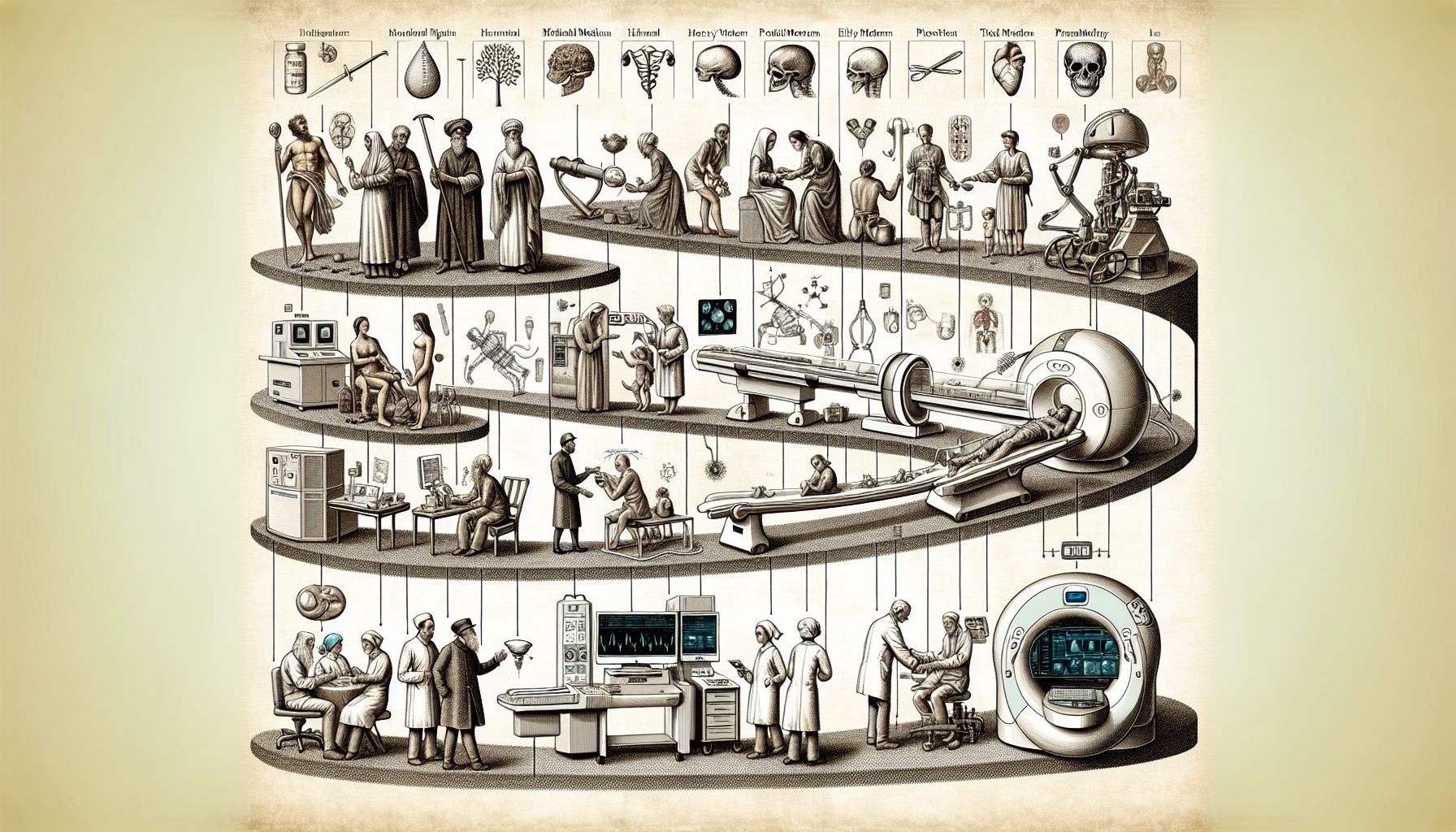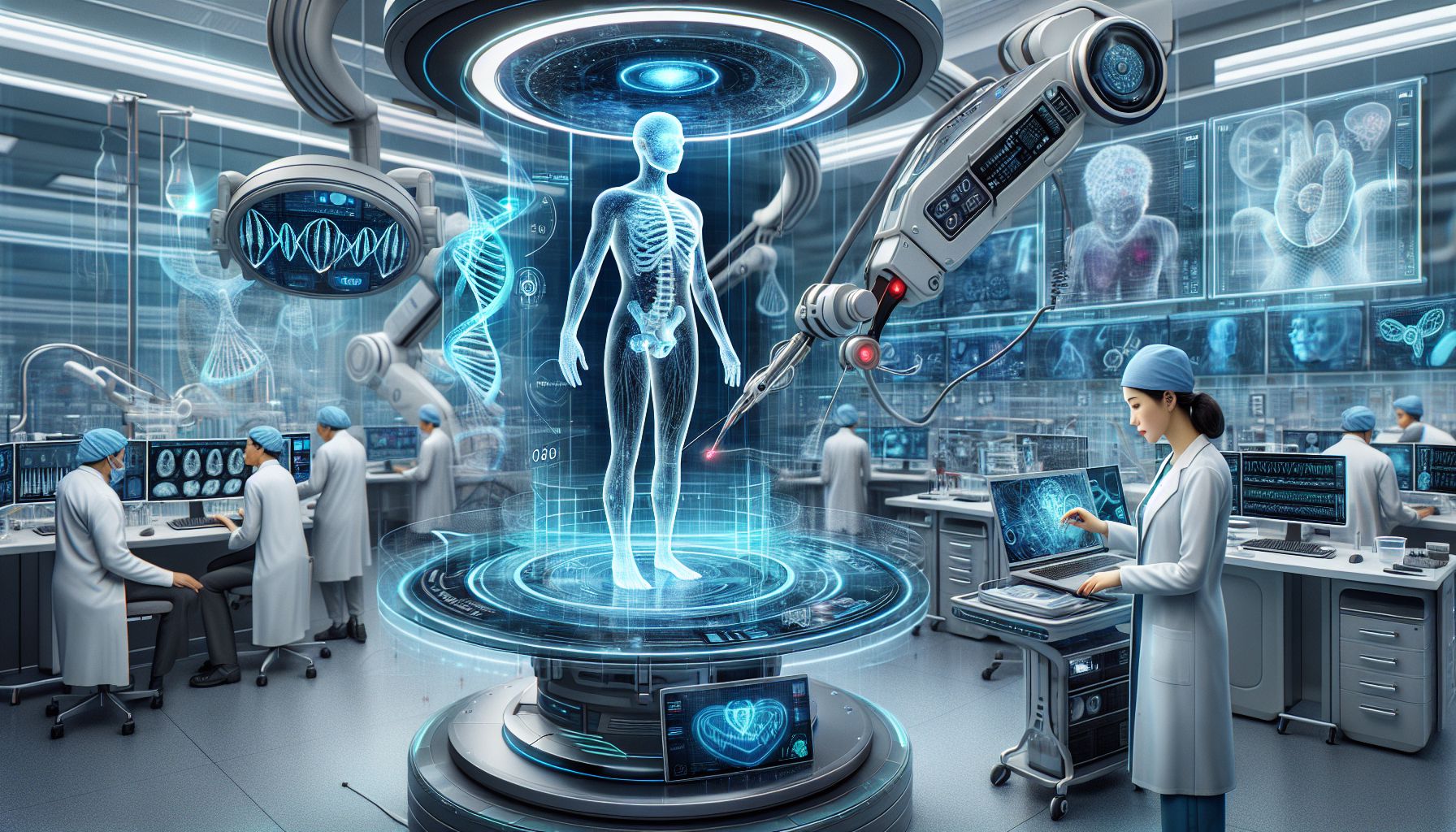Medical technology has come a long way in recent years, revolutionizing the way healthcare providers diagnose and treat patients. From cutting-edge imaging techniques to innovative surgical tools, the field of medical technology is constantly evolving to provide better outcomes for patients. In this blog post, we will explore some of the latest advancements in medical technology and how they are improving patient care.
One of the most exciting developments in medical technology is the use of artificial intelligence (AI) to assist healthcare providers in diagnosing and treating patients. AI algorithms can analyze vast amounts of medical data in a fraction of the time it would take a human doctor, leading to faster and more accurate diagnoses. For example, AI-powered imaging software can help radiologists detect cancerous tumors earlier, leading to more successful treatment outcomes.
Another area where medical technology is making a big impact is in surgery. Robotic surgical systems, such as the da Vinci Surgical System, allow surgeons to perform complex procedures with greater precision and control. These systems use tiny instruments controlled by a surgeon’s hand movements, reducing the risk of human error and improving patient outcomes. Additionally, minimally invasive techniques like laparoscopy have become more common, leading to shorter recovery times and less scarring for patients.
In the realm of patient monitoring, wearable devices are transforming the way healthcare providers track and manage chronic conditions. Devices like smart watches and fitness trackers can monitor a patient’s vital signs in real-time, allowing for early intervention and improved management of conditions like heart disease and diabetes. These devices can also provide valuable data to healthcare providers, helping them personalize treatment plans for each patient.
Telemedicine is another area where medical technology is making a big impact. Through video conferencing and remote monitoring, patients can receive care from the comfort of their own homes, saving time and reducing the risk of exposure to infectious diseases. Telemedicine also allows healthcare providers to reach patients in remote or underserved areas, improving access to care for all populations.
In conclusion, advancements in medical technology are transforming the way healthcare is delivered, leading to better outcomes for patients. From AI-powered diagnosis and robotic surgery to wearable devices and telemedicine, the future of healthcare looks brighter than ever. As technology continues to advance, we can expect to see even more innovations that will improve patient care and save lives.



